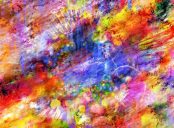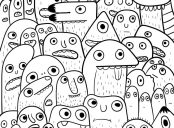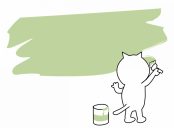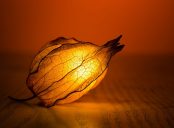Renaissance Art: A Comprehensive Overview

Introduction:
The Renaissance period, which spanned from the 14th to the 17th century, marked a significant cultural and artistic shift in Europe. The revival of interest in the arts, sciences, and education brought forth a new wave of creativity and humanism. One of the most notable aspects of this era was the emergence of Renaissance art, a diverse and influential style that continues to captivate audiences today. In this article, we will delve into the world of Renaissance art, exploring its characteristics, prominent artists, and the historical context surrounding its creation.
1. An In-Depth Look at Renaissance Art:

Renaissance art is characterized by a departure from the religious and symbolic motifs of the Middle Ages. Instead, it embraces a renewed interest in the exploration of human emotions, realism, and classical ideals. This artistic movement can be divided into various types, each showcasing distinct characteristics.
a) Renaissance Painting:
Painting was at the forefront of Renaissance art, with artists revolutionizing techniques and compositions. The use of linear perspective brought depth and realism to their works, creating an illusion of three-dimensionality. Key figures such as Leonardo da Vinci, Michelangelo, and Raphael are celebrated for their masterpieces, which continue to inspire awe and admiration.
b) Sculpture and Architecture:
The Renaissance witnessed a resurgence in the appreciation of ancient Greek and Roman art, leading to the revival of classical forms in sculpture and architecture. Sculptors like Donatello and Michelangelo infused their works with naturalistic details and a sense of movement, while architects like Brunelleschi and Palladio reintroduced symmetrical designs and harmonious proportions.
c) Literature and Music:
Renaissance art extended beyond the visual realm, encompassing the realms of literature and music as well. Poets and writers like Dante Alighieri and Petrarch explored philosophical themes and human emotions in their writings, reflecting the core ideals of the Renaissance. Similarly, composers such as Josquin des Prez and Giovanni Pierluigi da Palestrina composed complex polyphonic music, heightening the emotional impact of their compositions.
2. Quantitative Measures of Renaissance Art:
While it is challenging to quantify the impact and influence of Renaissance art, certain measures can provide insights into its popularity and significance. Sales records of artworks, auction prices, and visitor figures at museums and exhibitions can offer a glimpse into the enduring appeal of Renaissance art. Additionally, the number of publications, research papers, and academic conferences devoted to the topic can indicate the level of scholarly interest in Renaissance art.
3. Differentiating Renaissance Art Forms:
Despite the common themes and ideals shared by Renaissance artists, each art form developed its own characteristics and styles. For example, the use of vibrant colors and intricate details distinguish Renaissance paintings from sculptures, which focused on capturing three-dimensional figures and conveying emotional intensity. Architecture, on the other hand, employed mathematical precision and harmonious proportions to create awe-inspiring structures. These variations highlight the diversity within Renaissance art and the individuality of each artist.
4. Historical Examination of the Pros and Cons of Renaissance Art:
As with any artistic movement, Renaissance art experienced both praise and criticism during its time and in subsequent centuries. Some of the advantages associated with Renaissance art include its emphasis on individualism, humanism, and the pursuit of knowledge. It paved the way for a new approach to art, prioritizing the talent and creativity of the artist. However, critics argue that the style’s focus on the human form and its secular nature deviated from religious and moral values, leading to immorality and excess.
Conclusion:
Renaissance art’s enduring influence and appeal stem from its groundbreaking departure from traditional artistic norms. Through painting, sculpture, literature, and music, it explored the depth of human emotions, celebrated the beauty of the natural world, and revived classical ideals. Whether through the captivating brushstrokes of da Vinci or the intricate sculptures of Michelangelo, Renaissance art continues to inspire and captivate audiences. Its legacy serves as a testament to the transformative power of creativity and humanistic values.
(Note: The video clip can be inserted here to complement the article’s content and engage the audience visually.)





















